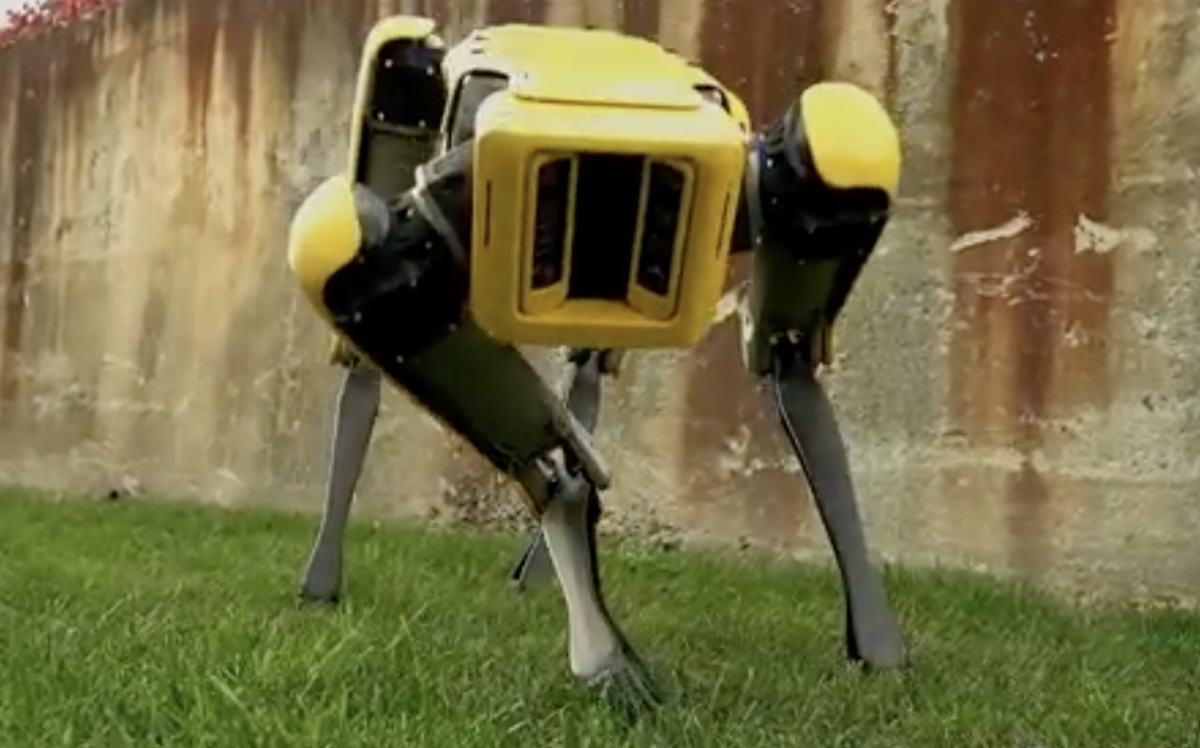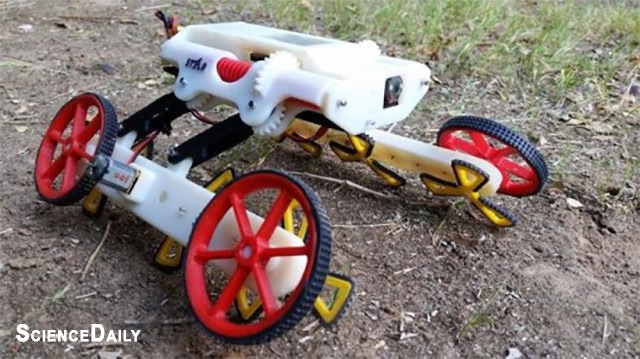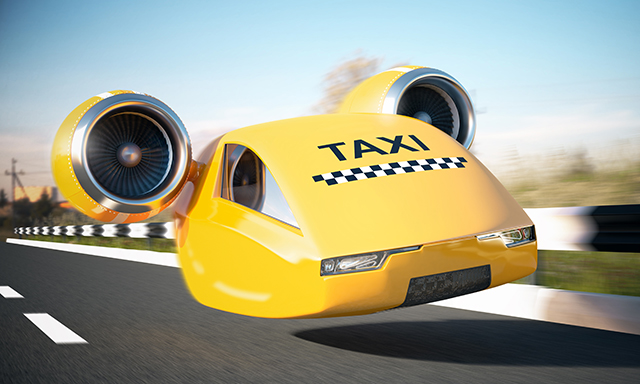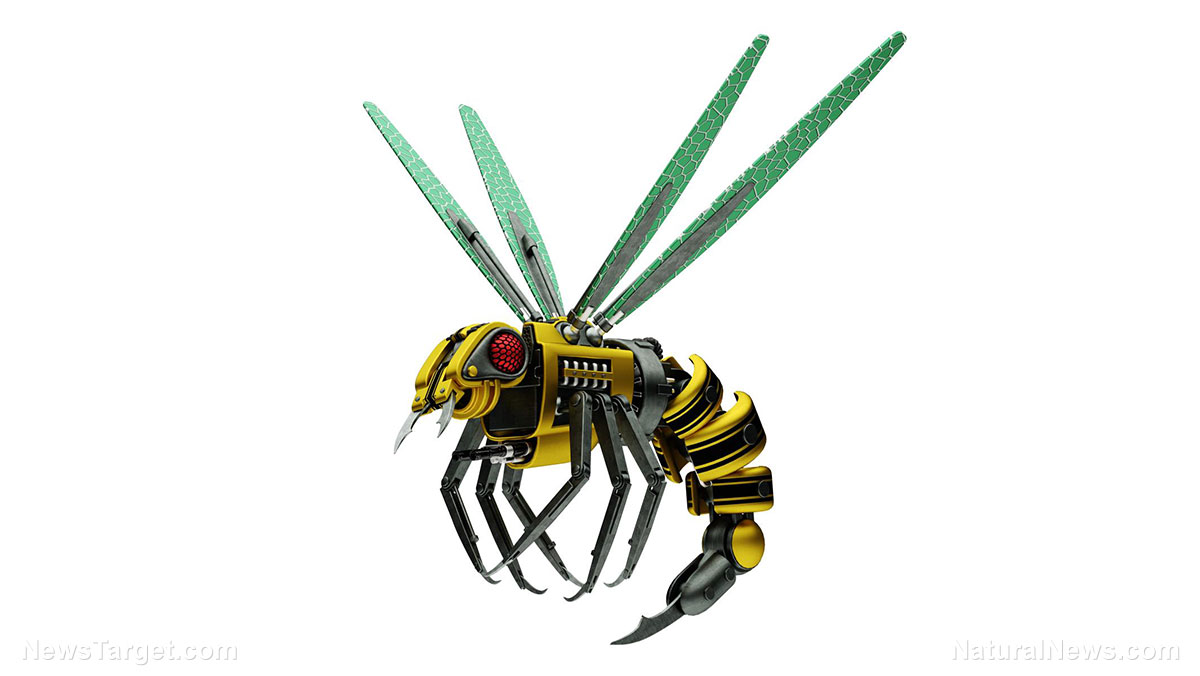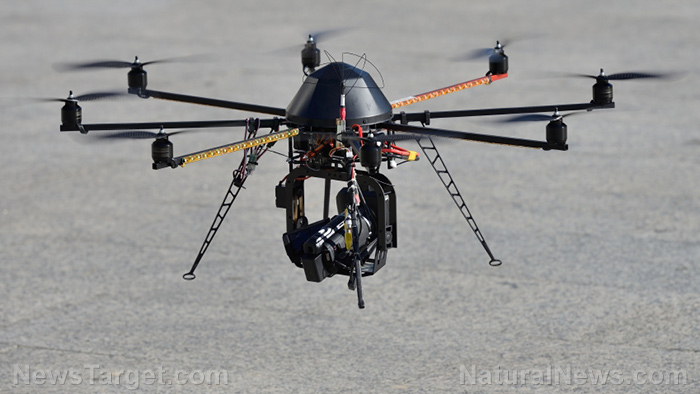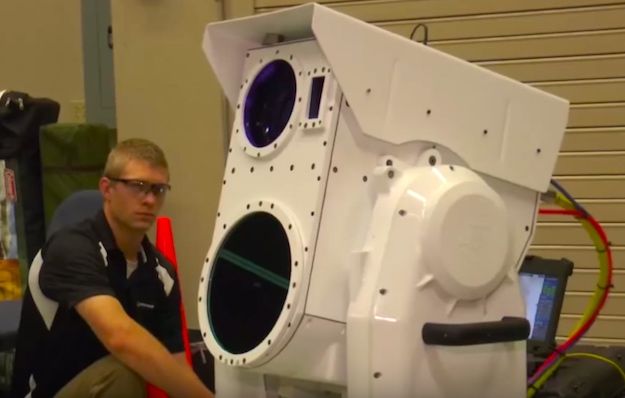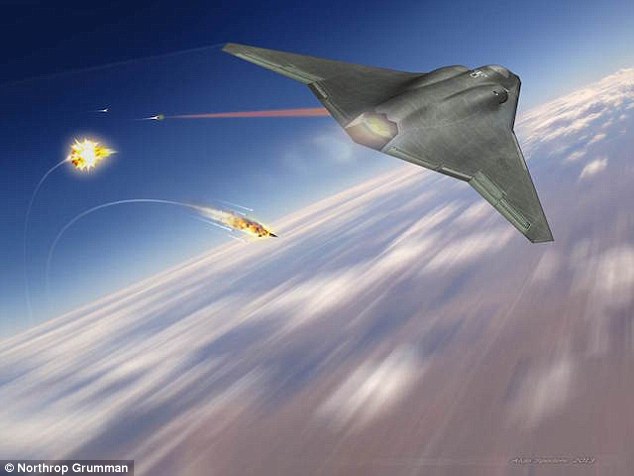A greener way to deliver: Drones save on transportation energy
07/31/2018 / By Zoey Sky
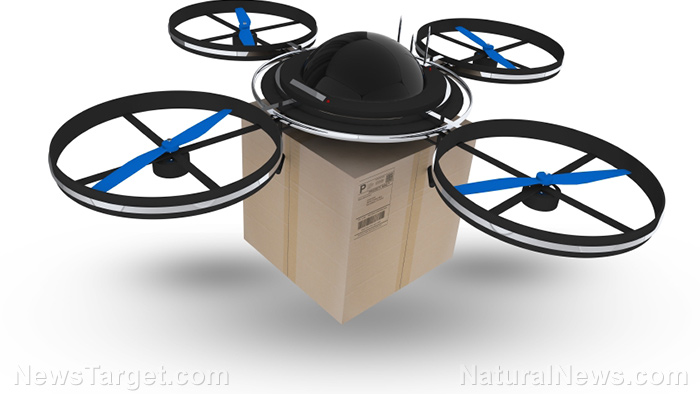
According to a recent study, consumers could soon be receiving packages delivered by drones, which are being considered as a “green transportation option.”
Researchers from Lawrence Livermore National Laboratory (LNLL), Carnegie Mellon University, SRI International, and the University of Colorado at Boulder have determined that “drone-based delivery could reduce greenhouse gas emissions and energy use in the transportation sector.”
The military and government have used drones for years, but they’ve only recently been used for commercial package delivery. Some companies, like Amazon, Deutsche Post DHL, Google, and UPS, are working on programs for a drone-based delivery system.
The researchers for this project ran several tests to gauge if drone delivery will be good for the environment or if it will result in higher energy use and carbon emissions like regular overnight package delivery. (Related: Air drop delivery: Drones are being used in Rwanda to deliver blood and medicine to remote hospitals.)
The scientists flew test campaigns using two commercial drones, and they came up with an approximate calculation of the energy required to deliver a package for different scenarios.
After the test campaigns, the research team used Life Cycle Assessment (LCA) to compare the drone scenarios with delivery by passenger car, truck, and van. LCA measures upstream impacts such as “emissions from manufacturing the batteries or refining oil into diesel fuel.”
Based on the test results, the researchers gleaned that the current practical range of the multi-copter drones that they used is at least four kilometers. This means that a drone delivery system will require the setting up of a network of “urban warehouses or waystations.”
The warehouses will then need the energy to run. While drones require less energy per package-mile than delivery trucks, the additional warehouse energy they need and the longer distances covered by drones per package significantly adds to the life-cycle impacts.
However, the results of the research were mixed. Factors like drone size, package weight, and power plant types on the regional electricity grid may influence the best drone choice for package delivery. Most people favor drones in areas with relatively clean electricity, such as California.
Joshua Stolaroff, lead author of the paper and a scientist from LNLL, explains that if a small drone delivers a small package (e.g., a pair of sunglasses) over a couple of miles, it will require less energy and emit less greenhouse gas emissions, unlike a delivery truck. He cautions that with a larger package, e.g., a computer monitor, delivering it with a bigger drone will generate worse results than a delivery truck.
But Stolaroff believes that larger drones can be more efficient than trucks and vans. He shares that the easiest way to do this would be to charge drones using only “renewable and low-carbon electricity.”
It’s also possible to determine less conventional ways of delivering goods from existing retail stores instead of constructing new warehouses. Stolaroff does insist that it’s important to take note of life-cycle impacts when conceptualizing the drone and logistics network.
The researchers advise that companies and regulators who are interested in the potential environmental benefits of drones must look into system-wide impacts. Test results also imply that efforts can be focused on the smaller packages, while trucks and vans can still deliver larger packages for the best results.
Fast facts on the LCA methodology
- LCA, or life cycle assessment, refers to the factual examination of a product’s entire life cycle in terms of sustainability. LCA helps companies determine the environmental impacts of their products or services from start to finish.
- LCA is a standardized methodology.
- LCA provides reliable and transparent results.
- The standards have been determined by the International Organisation for Standardisation (ISO) in ISO 14040 and 14044, and they detail the four major phases of an LCA: goal and scope, inventory analysis, impact assessment, and interpretation.
You can read more articles about tips on how to save energy and eco-friendly technological advancements at GreenLivingNews.com.
Sources include:
Tagged Under: corporations, drone-based delivery system, drones, eco-friendly, goodtech, green tech, green transportation, greenhouse gas emissions, package delivery, technology, transportation


